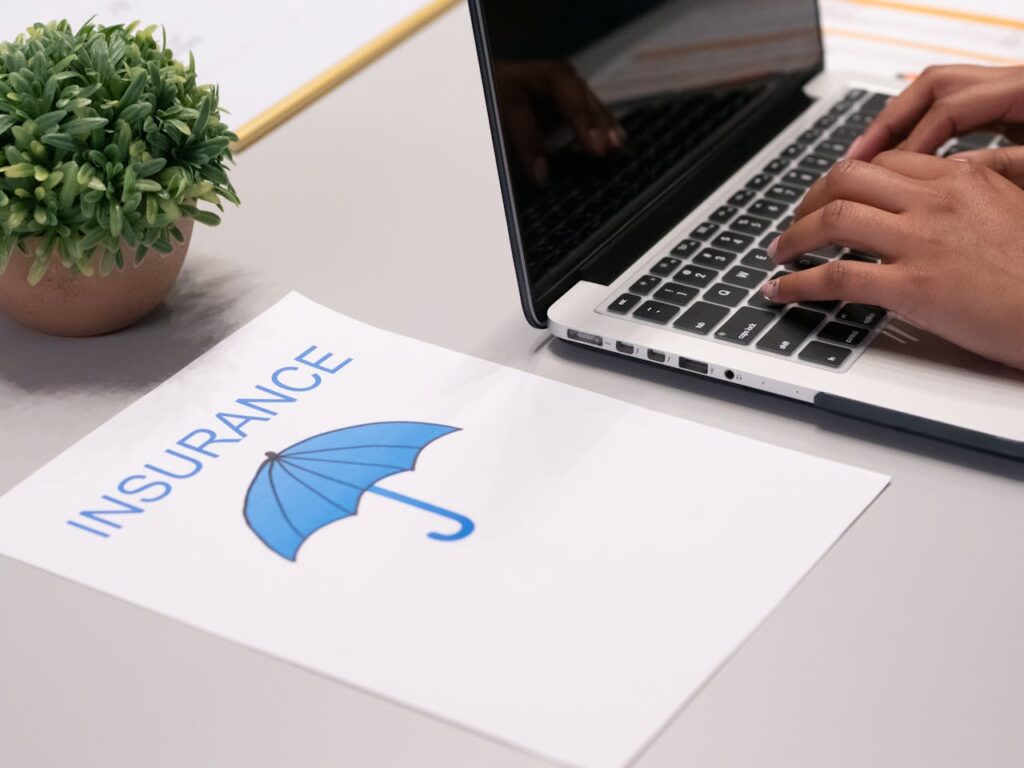The Essential Guide to Early Age Investments: Securing Your Child’s Future
The Essential Guide to Early Age Investments: Securing Your Child’s Future In the vast financial landscape, the decision to invest for your child’s future is one that resonates deeply. It’s a bridge between the present and a future you might not see but one you are deeply invested in. This endeavor requires not only vision but a structured approach that navigates the often-complex mechanisms of the financial world. In the following article, we aim to equip you with the necessary understanding, tools, and strategies to make the wisest investment for your child’s lifelong benefit. The Evergreen Legacy of Early Investments Planting Seeds for a Financially Secure Future Early age investments lay the groundwork for financial security that can weather the storms of adult life. By investing early, you create a safety net that can support your child through educational pursuits, entrepreneurial endeavors, or even the occasional financial setback. Understanding Compound Interest The wonder of compound interest magnifies the effects of investing at an early age. In simple terms, it is the interest you earn on both your initial investment and the interest that has already been added to the account. Compounding can turn even modest investments made in the first years of a child’s life into substantial sums by adulthood. Illustrations of Growth Over Time The power of long-term, compounded growth is illustrated through real-world scenarios. For example, $10,000 invested in an account with a 7% annual inflation-adjusted return could grow to over $52,000 by the time the child reaches 25. The figures only bolster the case to start investing as early as possible. Nurturing Future Financial Stewards: The Parent’s Role Initiating the Investment Journey For parents, taking the first steps can be daunting. However, with numerous options from high-yield savings accounts to index funds, the key is to initiate the investment, as even the smallest sum can make a significant difference over time. Instilling Financial Literacy at Home Beyond investment, parents play a pivotal role in instilling financial literacy. From managing allowances to discussing family budgets, everyday experiences can serve as lessons, turning children into informed and responsible stewards of their future wealth. Empowering Through Education: The Educator’s Perspective Early Age Financial Literacy Curriculum Educational institutions can play a crucial role by introducing financial literacy curricula. Lessons that highlight the value of money and the power of saving and investing can have far-reaching effects into adulthood. Practical Application and Skill Building By engaging students in practical investment scenarios, where they can see their money grow and understand the mechanics, educational institutions can empower children with a concrete understanding of financial principles. Financial Planning and Professional Guidance The Importance of Professional Advice Navigating the world of investments is challenging, even for the most financially savvy. Seeking professional guidance can ensure that investments are aligned with your child’s long-term goals. Crafting a Plan That Grows With Your Child A detailed and flexible plan is essential. It must be regularly reviewed and adjusted to reflect changes in the market, your child’s personal milestones, and the family’s financial status.





